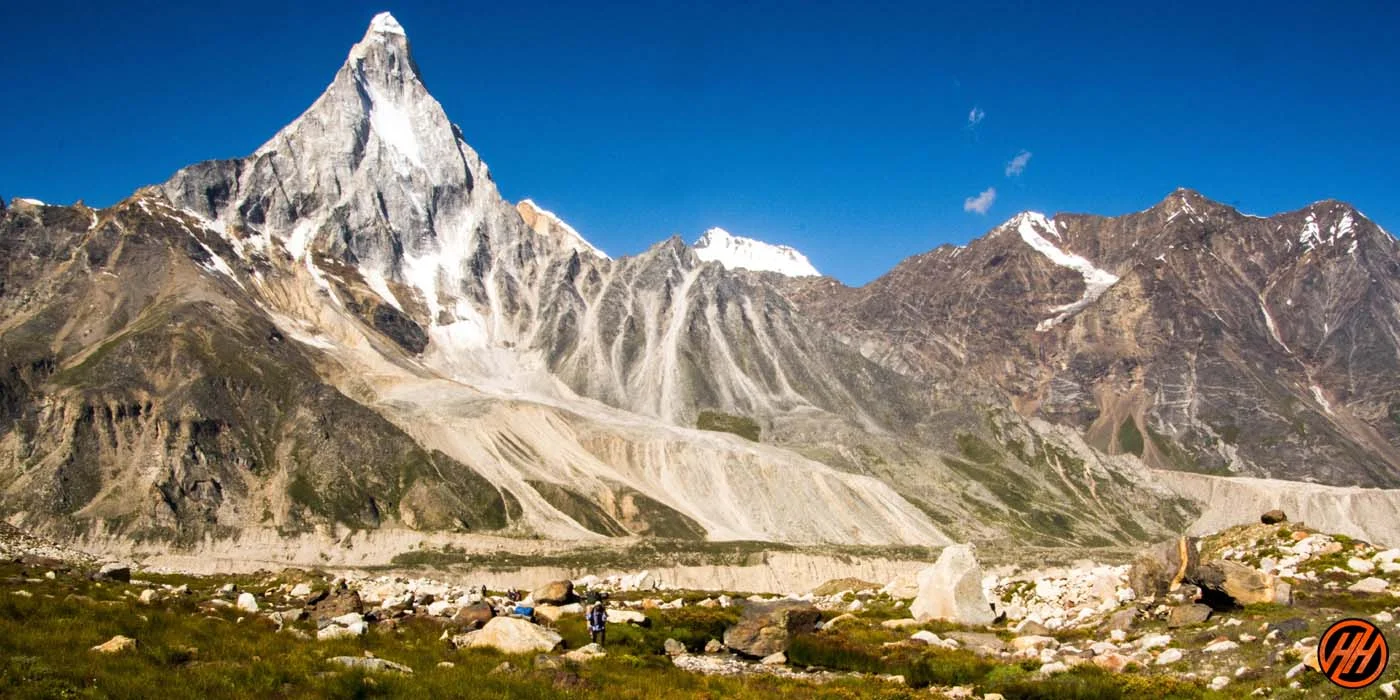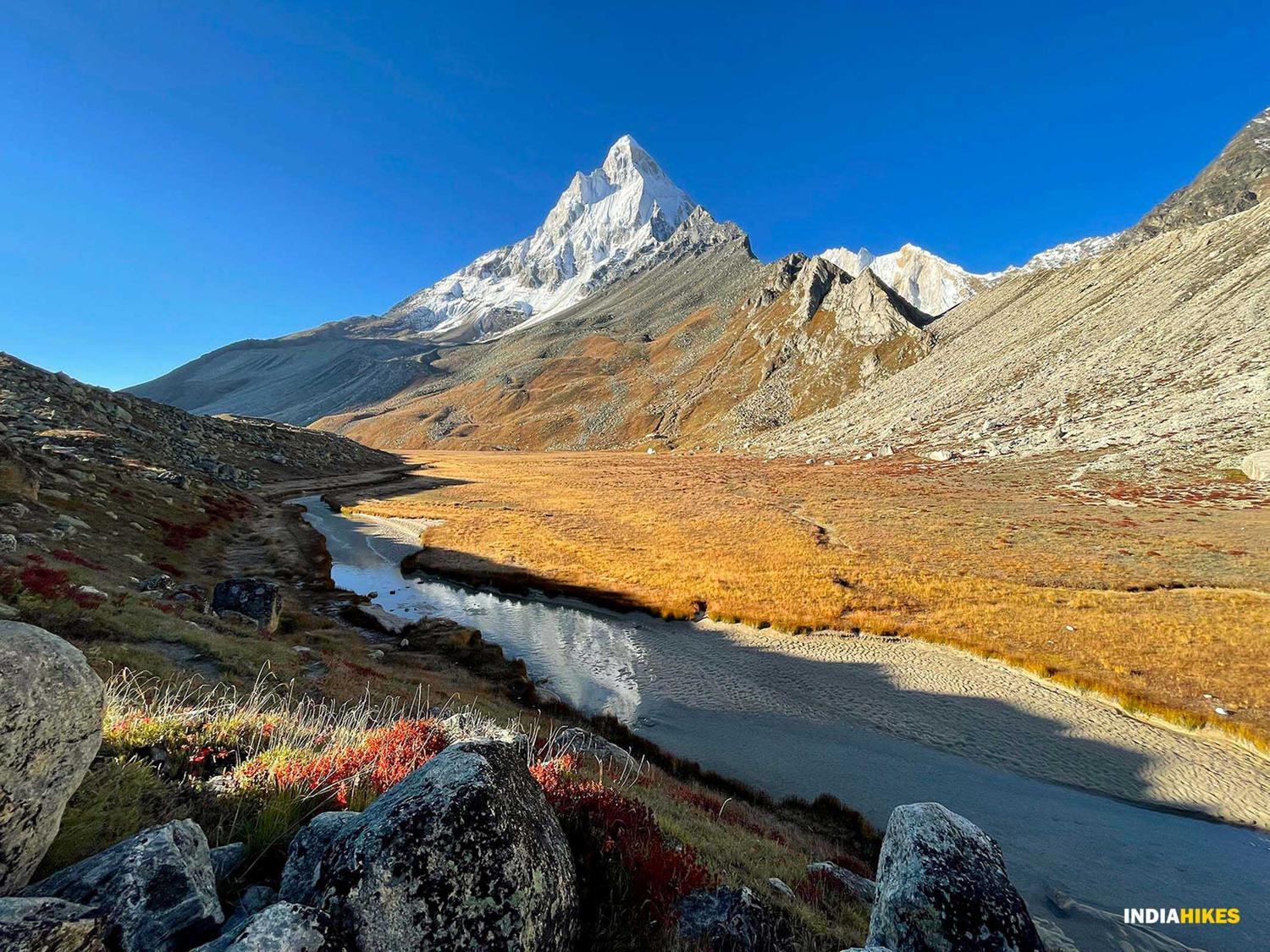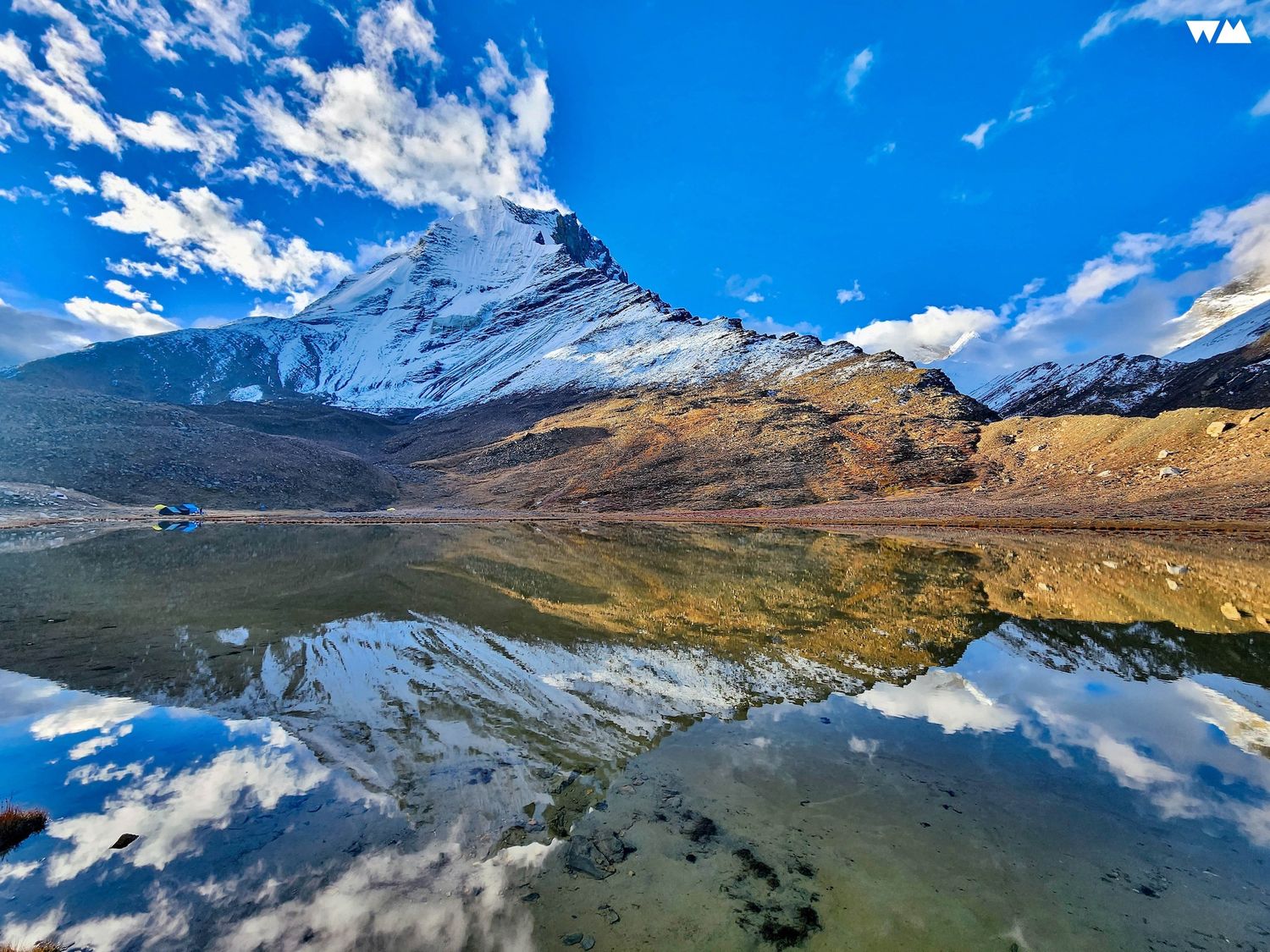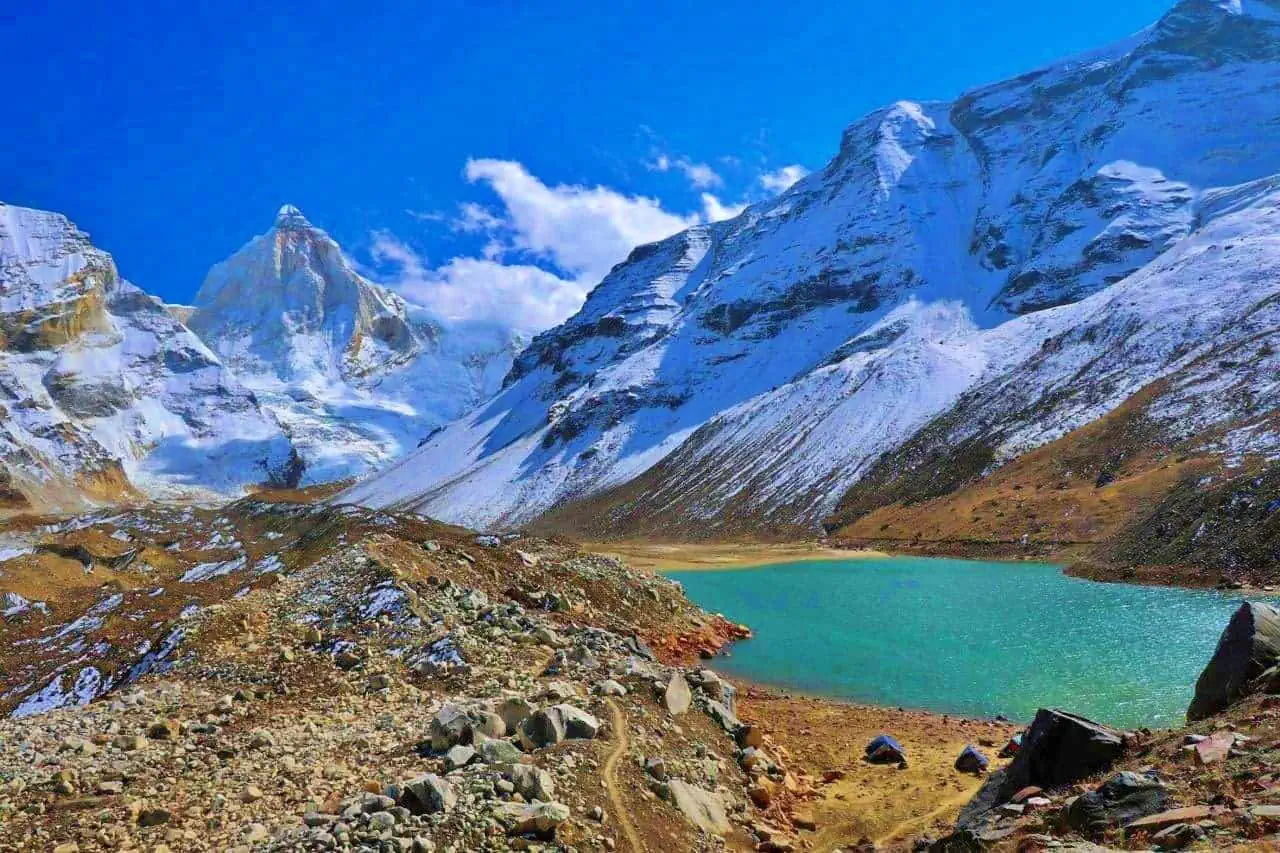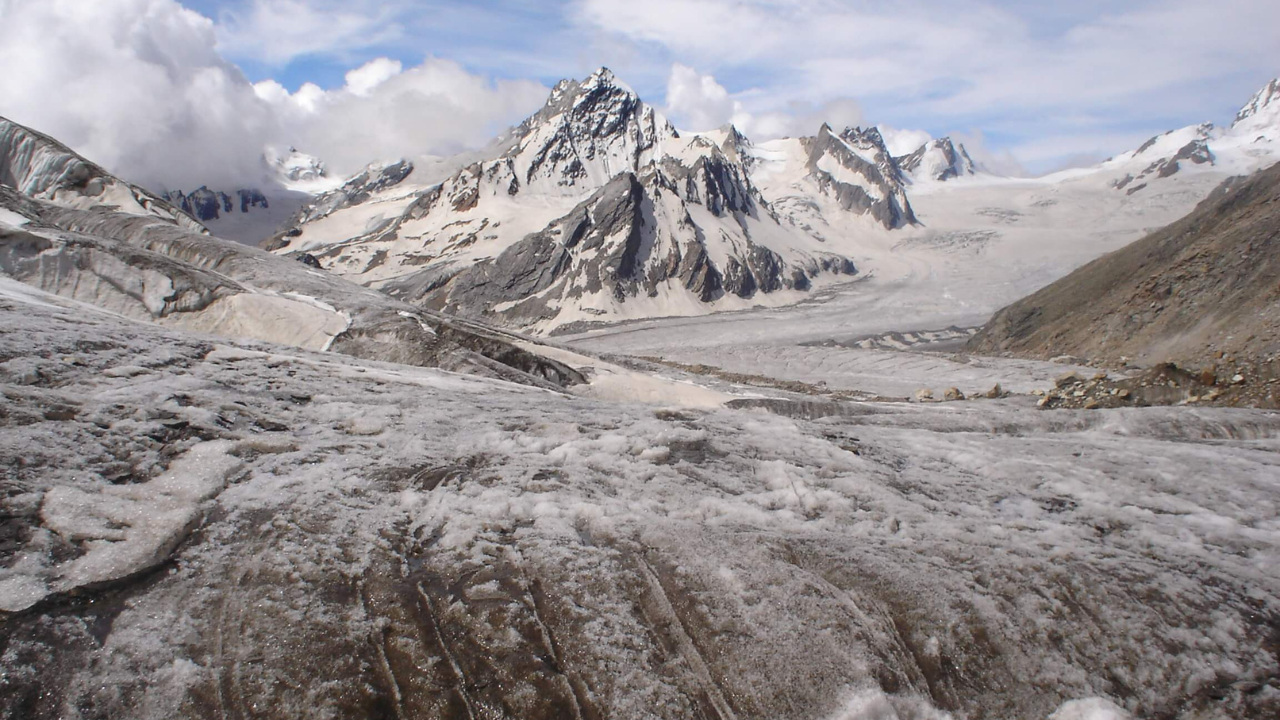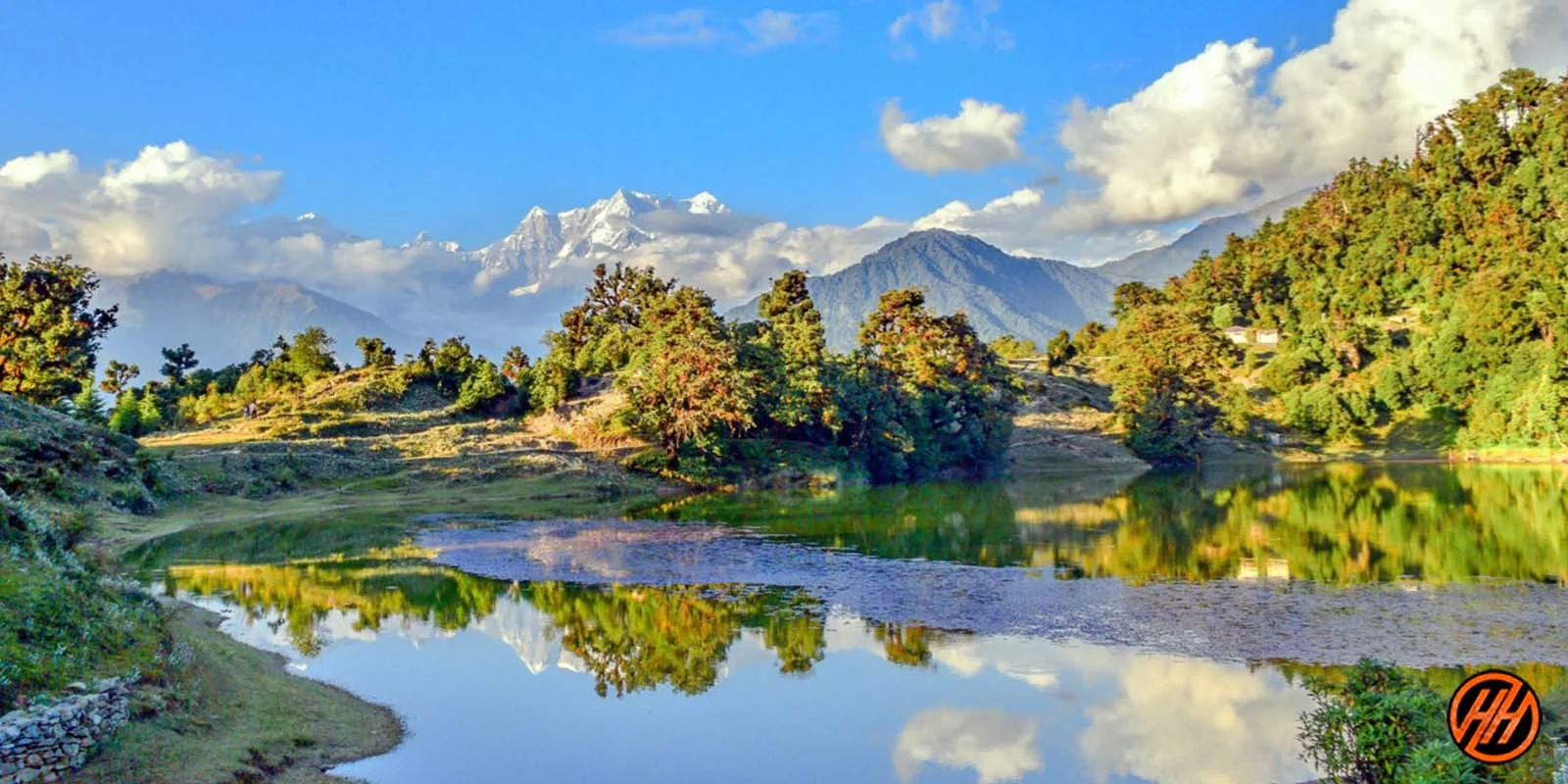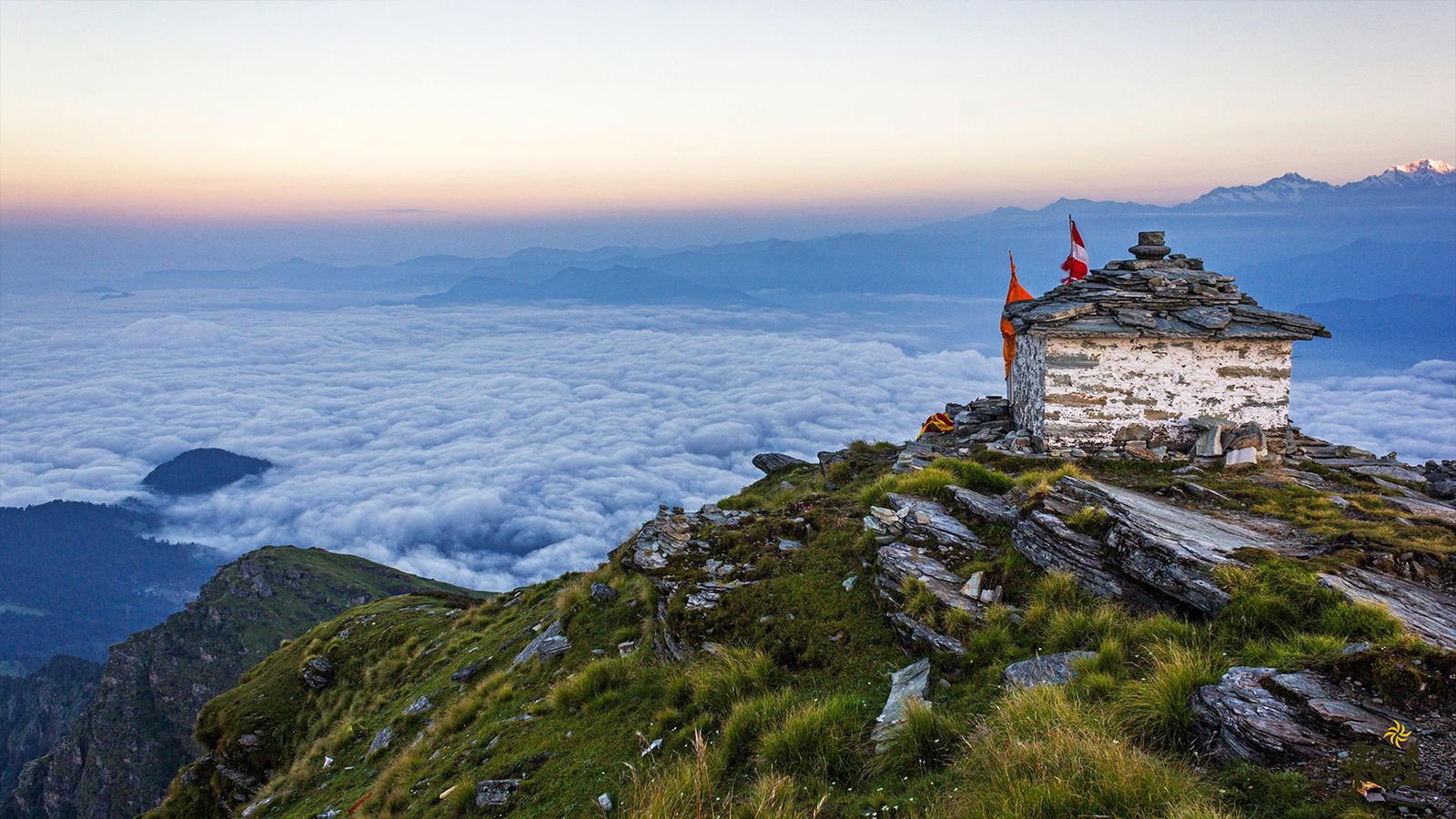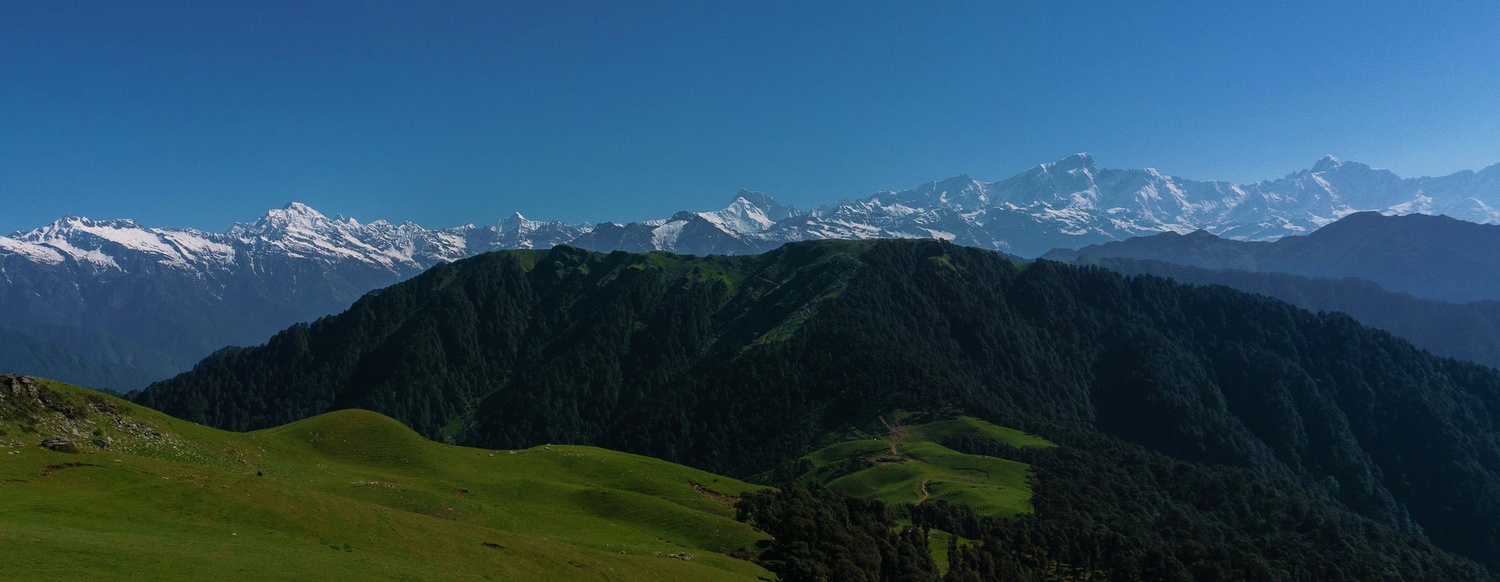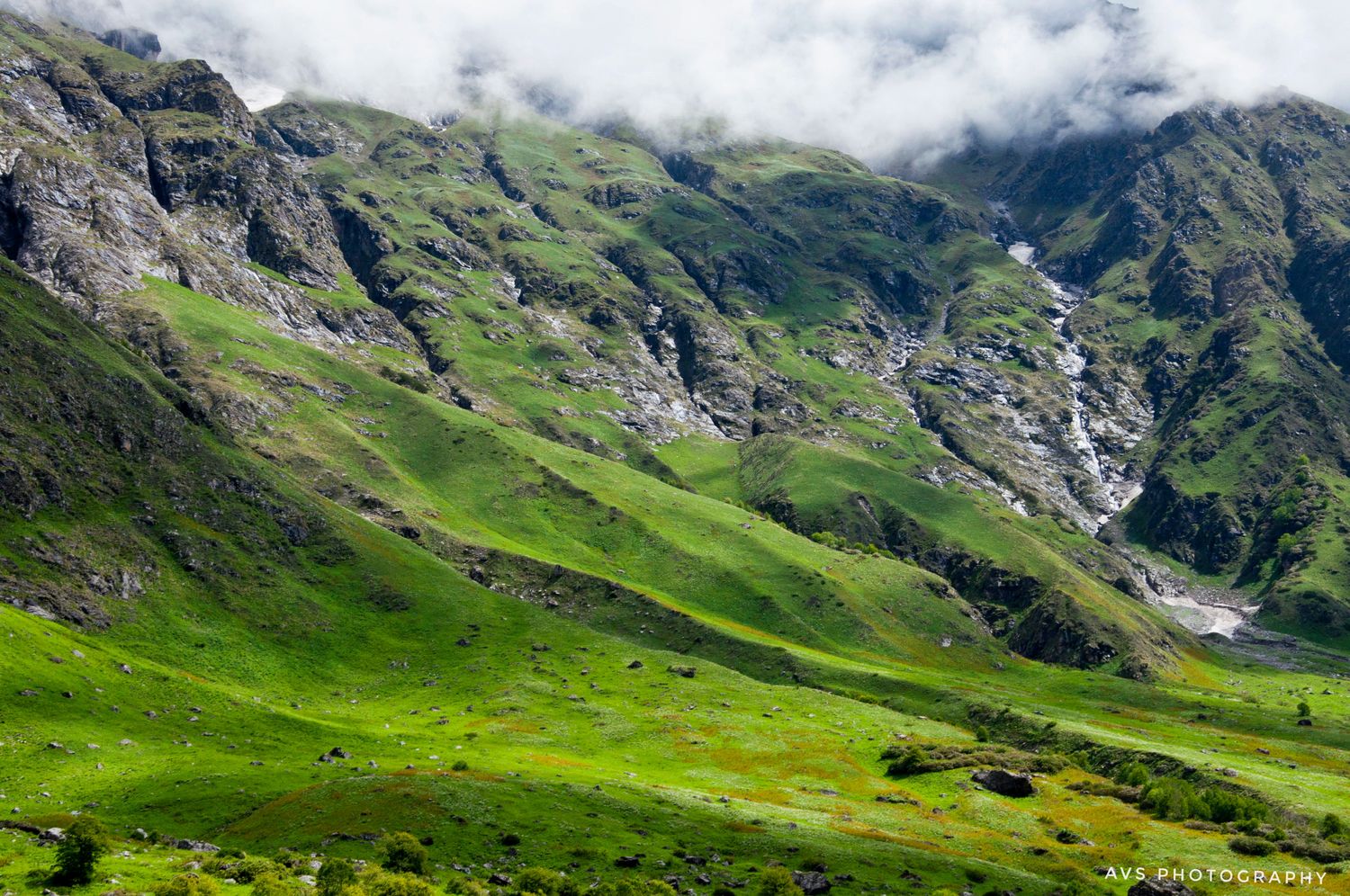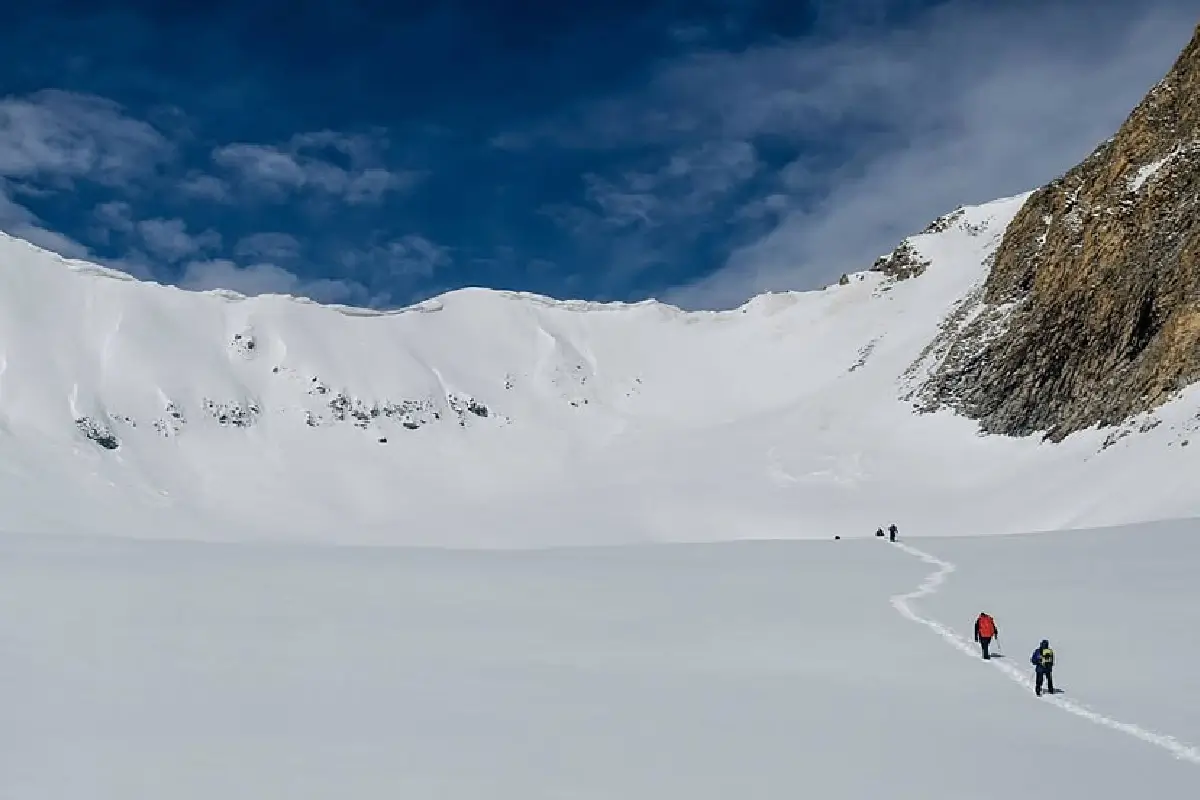Tapovan–Nandanvan Trek: A Sacred Himalayan Adventure
The Tapovan–Nandanvan Trek is one of the most iconic Himalayan trails in Uttarakhand, taking trekkers to the base of the majestic Shivling peak and alongside the sacred Gangotri Glacier. Rising to 14,764 ft, Tapovan is a high-altitude meadow known for its spiritual aura, saints’ meditation sites, and breathtaking views of peaks like Shivling, Meru, and Bhagirathi. Nandanvan, located across the glacier, is another high-altitude campsite offering equally mesmerizing views of Mt. Kedardome and other Himalayan giants. This trek is a mix of spirituality, raw adventure, and alpine beauty.
The Spiritual Connection
Tapovan is revered as a meditation ground of sages and ascetics. The serene environment and proximity to the Gangotri Glacier make it a spiritually uplifting journey. Trekkers often describe it as both a pilgrimage and an adventure.
The Trail and Landscape
The trail begins at Gangotri, passes through Bhojbasa and Gaumukh (the source of the River Ganga), and continues to Tapovan across the glacier. Crossing the Gangotri Glacier to reach Nandanvan is challenging, with rocky moraine sections and steep ascents, but the Himalayan views make the effort worthwhile.
Highlights of the Trek
- Stunning views of Shivling, Meru, and Bhagirathi peaks
- Vis
